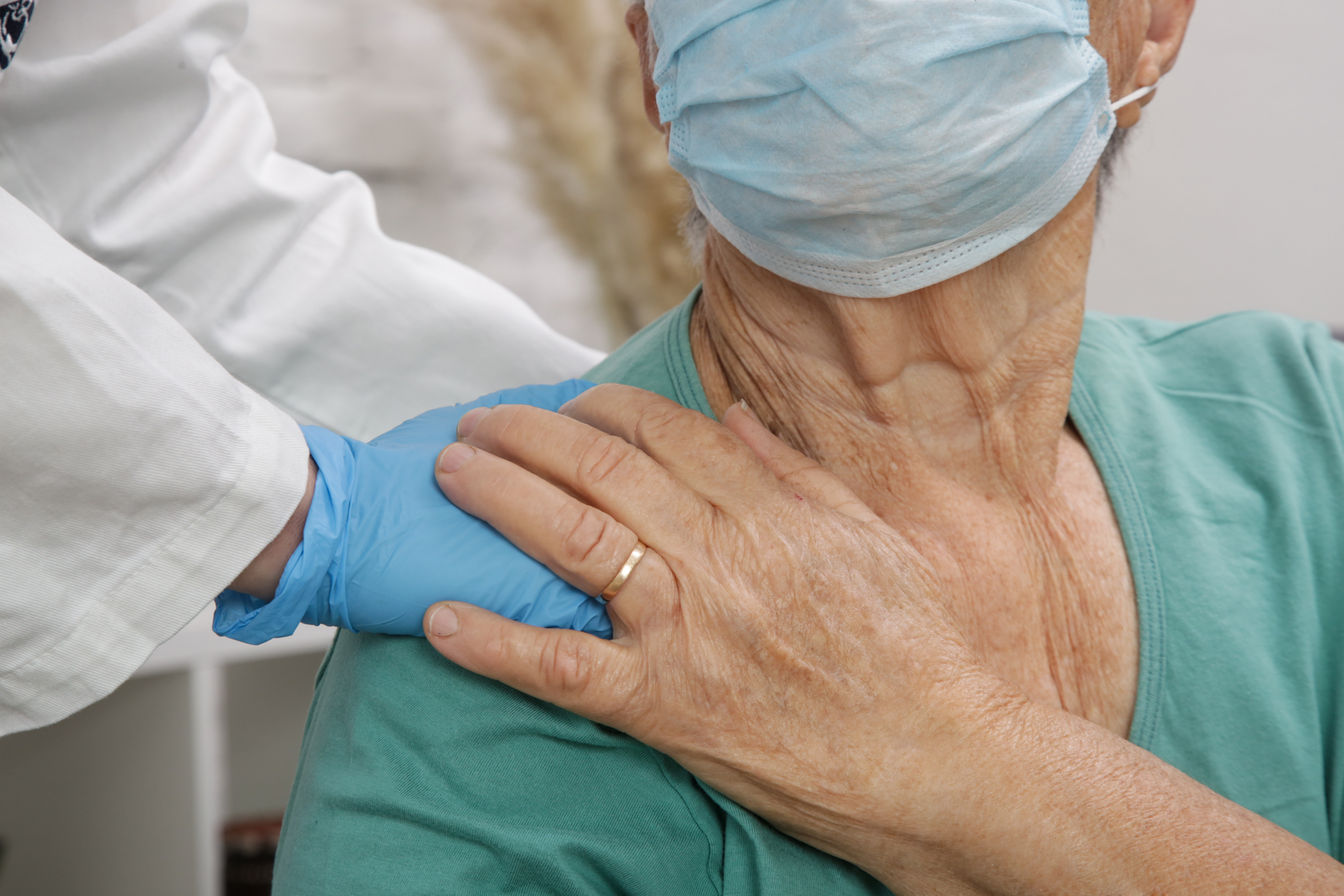Nursing homes were at the epicenter of the COVID-19 pandemic, but new research suggests a nuanced difference among them: According to a study led by Assistant Professor of Political Science Adam Dean from the George Washington University Columbian College of Arts & Sciences, residents and workers at unionized nursing homes experienced lower mortality and infection rates than their non-unionized counterparts.
“By protecting workers during the pandemic, labor unions are limiting the spread of COVID-19 inside nursing homes and have likely saved the lives of thousands of residents,” said Dean. The study, published in the journal Health Affairs, indicates higher union membership across essential industries could have reduced COVID-19 transmission and prevented many deaths.
Dean and his research team examined more than 14,000 unionized and non-unionized nursing homes throughout the continental United States from June 2020 to March 2021, utilizing proprietary data on union membership from the Service Employees International Union. Researchers discovered that workers at unionized nursing homes were 6.8% less likely to contract COVID-19 than workers at non-unionized facilities. The study also found that unionized nursing homes experienced 10.8% lower resident death rates.
The virus has battered nursing homes throughout the country since the earliest stages of the pandemic. Nursing home residents account for one of every six COVID-19 fatalities in the United States. More than 1 million nursing home employees have tested positive for COVID-19. However, fewer than one in five nursing homes in the United States have a unionized staff, while many elder care facilities in right-to-work states do not employ any union members.
Unionized nursing homes and other essential workplaces are more likely to provide effective personal protective equipment and more paid sick leave. The research team estimates that if all U.S. nursing homes were unionized, as many as 8,000 resident deaths and 25,000 employee infections could have been prevented during the 10-month study period.
“Unions are fighting to make nursing homes safer places to work, with clear benefits for workers as well as the residents they care for,” Dean said.
In addition to Dean, the research team included Jamie McCallum, an associate professor at Middlebury College; Simeon Kimmel, an assistant professor at Boston University; and Atheendar Venkataramani, an assistant professor at the University of Pennsylvania.


